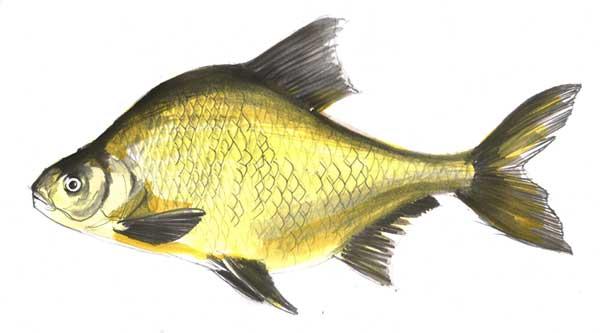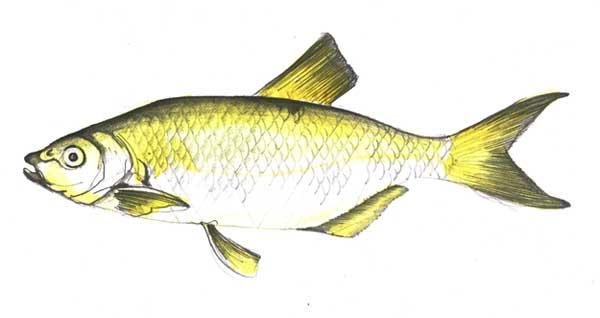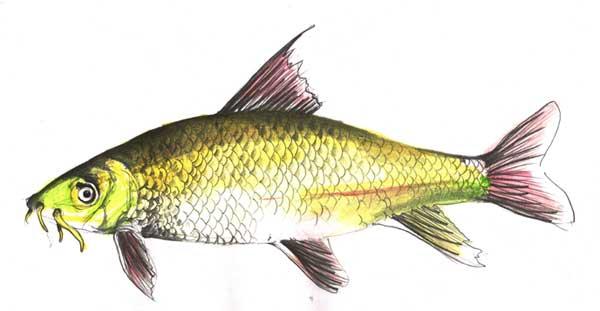When it comes to brown trout fishing, employing the right techniques can greatly enhance your chances of landing these elusive fish. One of the most effective methods is to use live bait, such as worms or minnows. These natural baits mimic the brown trout's diet and can attract them, especially in the early morning or late evening when they are most active. Be sure to use a light line and a small hook to increase your chances of a successful catch.
Another great technique is to practice fly fishing with dry flies or nymphs. Brown trout are known for being selective eaters, so matching the hatch—using flies that resemble the insects they are currently feeding on—is key. Try to observe the water for rising fish to determine what they are consuming. Additionally, using streamers can provoke aggressive strikes from bigger brown trout, especially in faster-moving water.
Location is equally important in brown trout fishing. Focus on areas with structure, such as submerged rocks, fallen trees, or overhanging vegetation. These spots provide shelter for brown trout and are prime feeding grounds. Casting your line near these structures can increase the likelihood of a bite. Keep an eye on the water temperature as well; brown trout prefer cooler waters, so early spring or late fall can often yield better catches.
Finally, don’t underestimate the power of stealth. Brown trout are easily spooked, so approach your fishing spot quietly and avoid splashing. Wear natural colors and consider using polarized sunglasses to see into the water without startling the fish. The less disturbance you create, the more likely you are to enjoy a successful day of brown trout fishing. With practice and patience, you’ll master these techniques and find yourself reeling in bigger catches in no time!
Top Baits and Lures for Success
When it comes to brown trout fishing, choosing the right baits and lures can make all the difference. Brown trout are known for their cautious nature and selective feeding habits, making it essential to use the most effective tools to entice them. Whether you’re a seasoned angler or a novice, knowing which baits and lures work best can help you reel in those bigger catches.
Live bait is often the top choice for brown trout fishing enthusiasts. Nightcrawlers, minnows, and crayfish are particularly popular among brown trout due to their natural presence in the fish’s habitat. Adding a slip sinker for weight and using a bobber can increase your chances as it helps position the bait at the right depth. Be sure to check local regulations regarding the use of live bait, as some areas may have restrictions.
For those who prefer artificial lures, spoons and spinners are excellent options. Spoons in vibrant colors or with a reflective finish mimic the action of struggling prey, attracting brown trout from a distance. Spinners, especially those with flash and vibration, can be very effective when retrieved at varying speeds. Experimenting with different sizes and colors will help you discover what works best on the waters you fish.
Don’t forget about flies! Fly fishing for brown trout can be incredibly rewarding, particularly during the hatch seasons. Dry flies, nymphs, and streamers that imitate local insect species or small fish can be very effective. Matching the hatch is vital in fly fishing, so observing the water and identifying what is currently active can significantly improve your success rate.
Ultimately, the best baits and lures for brown trout fishing depend on various factors, including the specific location, season, and water conditions. Always be ready to adapt your tackle and technique to maximize your chances of a great catch. Happy fishing!
Ideal Fishing Spots for Brown Trout
When it comes to brown trout fishing, finding the right spot can make all the difference in your success. These elusive fish thrive in a variety of freshwater environments, so knowing where to look can help you reel in bigger catches. A good starting point is to seek out cold, clear streams and rivers that are rich in aquatic insects. Look for areas where the current slows down, as these spots often provide a perfect hiding place for brown trout.
Lakes and ponds can also be excellent fishing locations for brown trout. These bodies of water can be more challenging due to their size, but focusing on the deeper parts or areas with submerged structures can yield great results. Look for places where the water temperature is cooler, particularly during warm summer months. Brown trout tend to congregate near drop-offs or around underwater rocks, making these ideal spots for anglers.
If you're fishing in a river, consider casting your line near undercut banks, riffles, and pools. Brown trout often use these structures for shelter and feeding. Early morning and late evening can be the best times to fish, as brown trout are more active during these low-light hours. Don’t forget to carry a variety of lures and baits to find out what works best in your chosen location, ensuring a fun and productive brown trout fishing experience.
Tips for Handling and Releasing Fish
First, always keep the fish in the water as much as possible. If you need to take it out for a quick photo, hold it horizontally and keep it wet. You can use a wet cloth or your hands to support the fish, minimizing the time it spends in the air. This will help prevent damage to the fish’s internal organs and scales, ensuring a better chance of survival after release.
Additionally, avoid using treble hooks if you can, as they can cause more harm to the fish than single hooks. If you do catch a fish with treble hooks, try to quickly remove the hook using a pair of long-nosed pliers. Remember to wet the pliers before use; this helps reduce the risk of damaging the trout while you remove the hook. If the hook is deeply embedded, it’s best to cut the line and let the fish swim free rather than risking injury trying to remove it.
Finally, always be mindful of the water temperature and conditions when brown trout fishing. Warmer water can stress fish out, so if you're fishing during hot months, it’s crucial to limit the time you handle the fish. If the fish shows signs of distress, it’s best to release it quickly back into the water to give it a fighting chance. Following these tips will not only enhance your fishing experience but will also contribute to the sustainability of brown trout populations for fellow anglers in the future.


